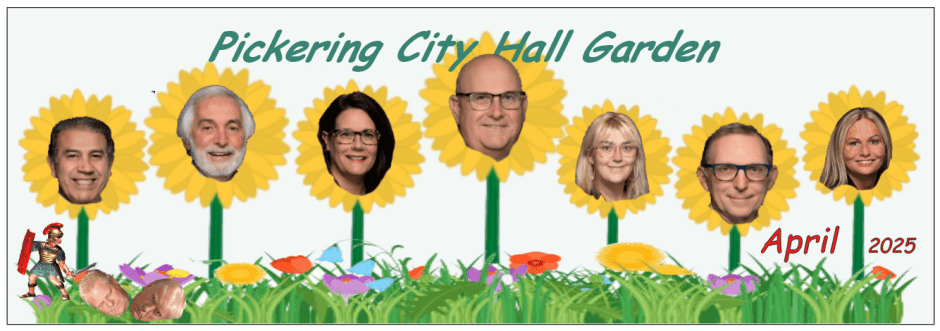
A CLOCKWORK ORANGE
Anthony Burgess
Synopsis
Anthony Burgess’s A Clockwork Orange is a dystopian novel set in a futuristic England plagued by youth violence and societal decay. The story follows Alex, a 15-year-old gang leader who narrates his life in a distinctive slang called Nadsat. He and his “droogs”—Dim, Georgie, and Pete—engage in drug-fueled acts of brutality, including robbery, assault, and rape. Alex’s passion for classical music, particularly Beethoven, contrasts sharply with his violent tendencies.
The gang’s dynamics shift when Alex asserts dominance over Dim and Georgie, leading to resentment. During a botched robbery of an elderly woman’s home, Alex kills her in a struggle. Dim betrays Alex by striking him, leaving him to be arrested. Sentenced to 14 years in prison, Alex initially struggles but manipulates the chaplain by feigning religious devotion. After killing a fellow inmate during an altercation, Alex volunteers for the Ludovico Technique, an experimental rehabilitation program designed to condition him against violence. The treatment renders Alex physically ill at the thought of aggression or sex but also robs him of his love for Beethoven.
Released back into society as “cured,” Alex faces rejection and betrayal. His parents have rented out his room, leaving him homeless. He is attacked by vagrants he once assaulted and brutalized by Dim and Georgie, now police officers. Seeking refuge, Alex stumbles upon the home of F. Alexander, a writer he had previously victimized. Initially sympathetic to Alex’s plight, F. Alexander discovers his identity and seeks revenge. He locks Alex in a room and subjects him to loud classical music, driving Alex to attempt suicide by jumping out of a window.
Alex survives the fall and awakens in a hospital where doctors undo the Ludovico Technique. His violent impulses return, but he begins to tire of his destructive lifestyle. A chance encounter with Pete—now reformed and married—leads Alex to reflect on his future. He imagines starting a family and contemplates leaving behind his violent past.
The novel explores themes of free will, morality, and state control. Burgess critiques authoritarianism through the Ludovico Technique’s forced moral reform, arguing that true goodness must stem from choice rather than coercion. A Clockwork Orange raises profound questions about individual autonomy, redemption, and the cyclical nature of human behavior.
Richard says
Stanley Kubrick made the movie and it was explosive in its screenings. People found it extreme, beyond acceptability, far too violent and criticized it that way but like a roadside accident with it inevitable rubber neckers, Kubrick’s film has had a lasting impact. To this day people recognize the title, know of its impact and often claim abhorrence to such extremely violent cinematography.
The book, on the other hand, permits one to manage the exposure to violence, pause it, stop it by putting the book down. But for those who want to continue, Anthony Burgess’ book is a challenge. It is a challenge to reader’s moral compasses, ethical values and ideal principles.
The story is challenging on two levels, as literature and as societal acceptability.
The reading is very difficult as Burgess uses unique language which he created for the book. The vocabulary is unique and so far removed from known English that at times it is incomprehensibe. Some examples…
“The Durango 95 purred away real horrorshow.”
“horrorshow” is used to mean “cool” or “well,” derived from the Russian word khorosho
“Come and get one in the yarbles! If you have any yarbles, you eunuch jelly thou.”
“Yarbles” refers to testicles, while “eunuch jelly thou” insults someone as cowardly or gutless
“Naughty, naughty, naughty! You filthy old soomka!”
“soomka,” derived from the Russian word сумка (bag), is slang for an old woman
“And then we slooshied a horrorshow symphony with lights dimmed down and the violins like strings in the old moloko.”
“Slooshied” means “listened,” and “moloko” refers to milk, often spiked with drugs in the novel’s context
“We gave him the old britva treatment and left him bleeding on the floor.”
“britva,” meaning razor, signifies the violent edge of Alex’s world.
So the reading is difficult, even as one learns the language, it is always disconcerting and requires constant effort to make sense of it.
On another level
A Clockwork Orange was written in 1961 and it is Burgess’ lamentation of society’s erosion into violence, crime and gangs. The medical process that conditions the book’s protagonist, Alex, into a behaviour controlled person is a serious challenge to what is acceptable in society. Alex loses his freedom of choice, freedom of action when he is conditioned to react negatively when faced with violence, crime or an unconcented sexual act. He becomes violently ill and is totally incapacitated in action.
Is doing this to a human being acceptable? Does the end justify the means? He has no choice. When faced with a socially unacceptable incident he is conditioned to become so violently ill that he cannot function. His loses his freedom, his freedom of choice. He no longer a free human being but is a conditioned automaton of the state. The good is he no longer can act violently or commit an unacceptable act. Society is protected; he is enslaved.
A Clockwork Orange has tremendous relevance to our society today. Crime and violence is on the rise, people condemn its continual increase demanding more police control, greater vigilance, longer penal detentions, parole modification so the convicted criminals are not released prematurely or too easily. Our society is edging closer and closer to the control imposed on criminals as in Burgess’ book.
The book is a difficult read. A sensitive reader may feel constantly manipulated into evaluating their own society today.










